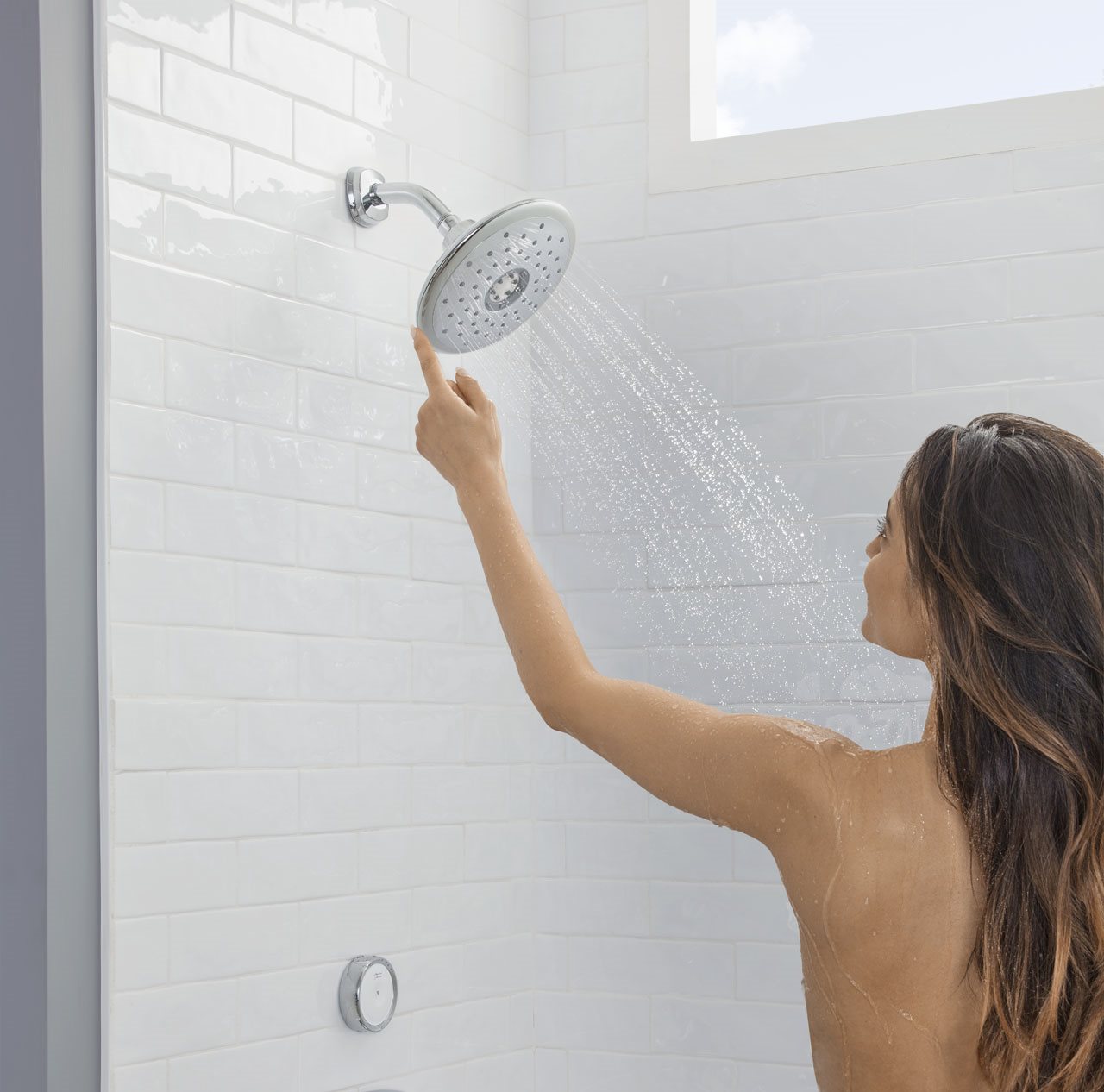2019-03-30T23:01:00
(BPT) – Esophageal Cancer Awareness Month, observed in April, is a time to increase awareness of esophageal cancer (EC) and its risk factors, and encourage advocacy on behalf of those suffering from one of the deadliest, yet least discussed forms of cancer. In fact, 17,650 new cases of EC are estimated to be diagnosed this year, resulting in approximately 16,080 projected deaths.
EC has different risk factors — things that change your chance of getting a disease. Different cancers have different risk factors, and while some of them can be addressed (such as smoking or obesity), others cannot (age and family history). Keep in mind that having a risk factor doesn’t necessarily mean you are bound to get a type of cancer, but it is important to be able to identify them. Early diagnosis is particularly important for EC; treatment can be less burdensome, invasive and more likely to be successful for patients affected by it if detected early.
Some of the risk factors for EC can include:
- A personal history of Barrett’s esophagus (BE), a precancerous condition in which there is change in the esophagus lining
- A family history of BE
- Obesity or metabolic syndrome
- Heavy alcohol use
- Gastroesophageal reflux disease (GERD), which affects more than 20% of Americans
- Smoking
As mentioned, one of the most frequent predisposing factors of EC is BE. Frequent heartburn and chest pain are symptoms of BE, but many people have no symptoms at all — therefore it is very important to speak to your doctor to determine if you are at risk.
The good news is that for patients diagnosed with BE and EC, the truFreeze® platform has emerged as a preferred ablation option for treating all stages of esophageal disease. truFreeze is FDA-cleared and uses extremely cold (-196 degrees Celsius) liquid nitrogen to ablate (remove) diseased tissue, including BE and cancer. The great part about liquid nitrogen spray is that it is backed by decades of clinical data, and results in less pain when compared to other ablative options.
“I have been utilizing spray cryotherapy for more than two years for various stages of esophageal disease, including the palliation of dysphagia, or difficulty swallowing, a common side effect of esophageal cancer,” said Dr. Scott Hendrickson, a gastroenterologist at Cancer Treatment Centers of America (CTCA) in Tulsa, Oklahoma. “CTCA is committed to providing state-of-the-art technology and multiple treatment options for our patients, including participation in clinical trials for new and emerging cancer treatment strategies.”
To learn more about esophageal disease as well as spray cryotherapy, please visit www.trufreeze.com.













